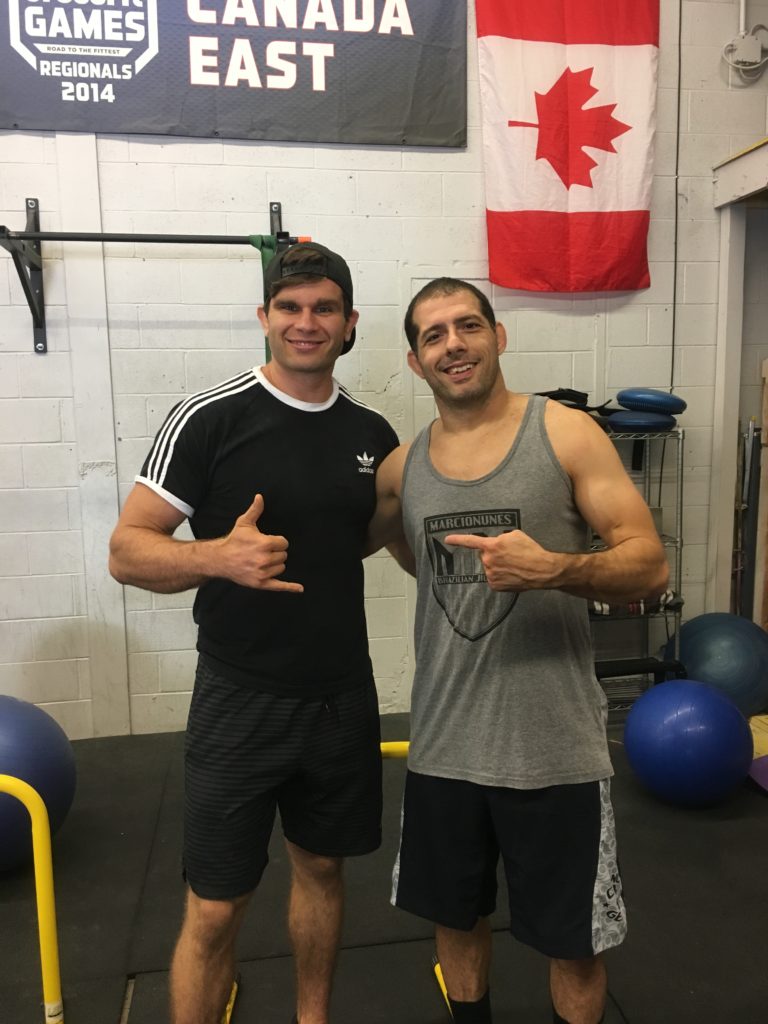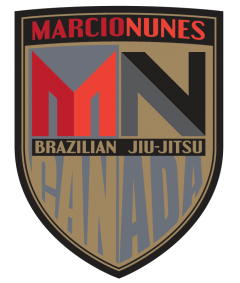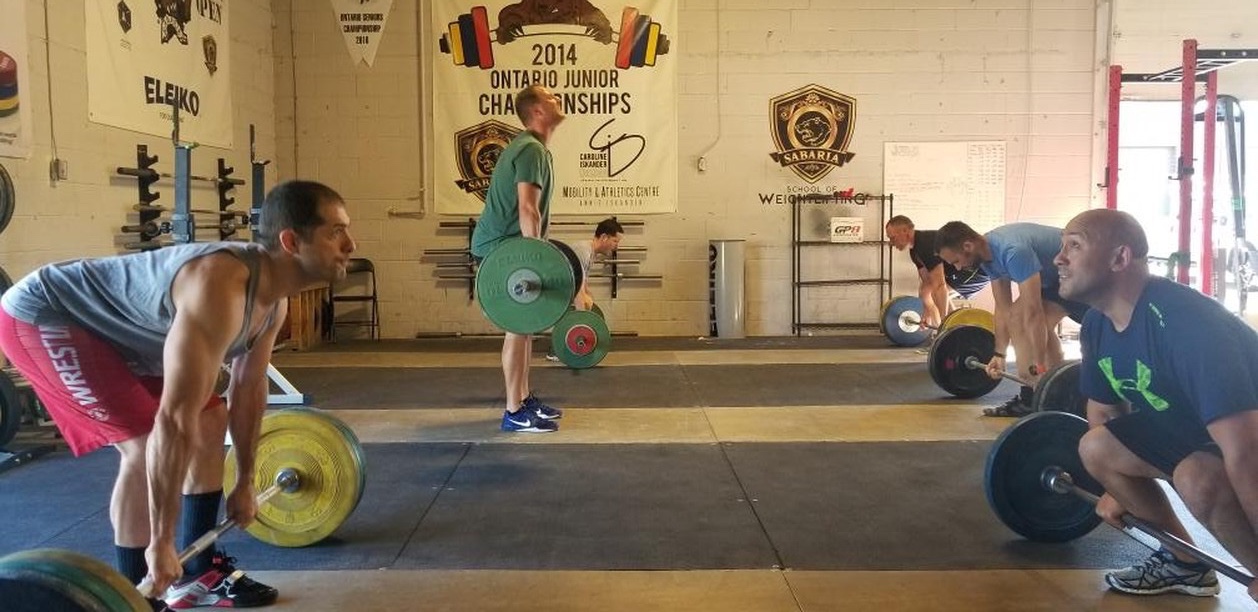Strength Training for BJJ Part 1
Written By Daniel Thiessen
Owner/Head Strength and Conditioning Coach
Radix Performance Centre
CrossFit RPX
Radix Boxing & K1
Out of Comp Strength Training (at least 12 weeks Pre Tournament)
Strength Training for Jiu Jitsu can be a game changer if applied properly. You will see improvements in positioning, endurance, and recovery between rounds as well as between training days. However, it’s important to remember that technique and training your Jiu Jitsu should always be your first priority. When all else is said and done and your technique is on the same level as your opponent, the person who is stronger and better conditioned will apply their will. (Mental strength and heart will be left for a different discussion).
A Strength phase of any kind should be completed at least 8 weeks out from a Tournament or fight. There is a lot of nervous system demand and fatigue that comes along with gaining strength, and it’s a process that shouldn’t be taken lightly. This is a time I would recommend focusing on your technique during jits, perfecting your game, your movement , your mobility and stability in compromised positions. This is also a time you should relax a little on the heavy rolling and sparring. Your body is going to be making some changes and you need proper rest and nutrition to maximize those gains.
To get the most out of your new strength program you need to commit to 2-3x a week training. Since you’ll be training only 2-3 x per week and I’m hoping you’re not on PED’s we will be doing full body strength days to maximize on your body’s natural ability to boost Testosterone and HGH when training your biggest muscles with compound movements. The amount of Jits you do on top of this is very dependant on age, genetics, experience in training and body type. The younger and more experienced you are, the more times you could also roll in a week compared to a less experienced or older athlete.
Strength Training requires rest for gains to be made. That being said, typically my athletes will train on a Mon,Wed,Fri split or Tues,Thur,Sat. split, depending on their schedule. That day of rest in between makes a huge difference in your recovery and strength gains.
The workouts will be broken down into:
1. Warm-up 2. Activation 3. Compound Movements 4. Accessory Work/Core Work 5. Conditioning
If you are reading this I’m going to assume you’re a beginner or intermediate lifter. So we are going to take a linear progression approach to 4 week training cycles. There will be a 1 week deload after each 4 week block. If you’re an advanced lifter you can totally take the structure of the program and add your own volume and percentages to the exercises to have a blueprint for your program. You can take this program and run it 1 to 4 training blocks depending on how much time you want to invest into your strength. Just make sure to deload every 5th week.
De-Loading is essential to the success of the program as it allows your body adequate time to recover after pushing yourself to its limits for extended periods. De-Loading could mean just a reduction in volume and load, or, if you’re really beat down, complete rest, although I always recommend some light biking, swimming or walking mixed with mobility to help with recovery and feeling better going back into your next cycle.
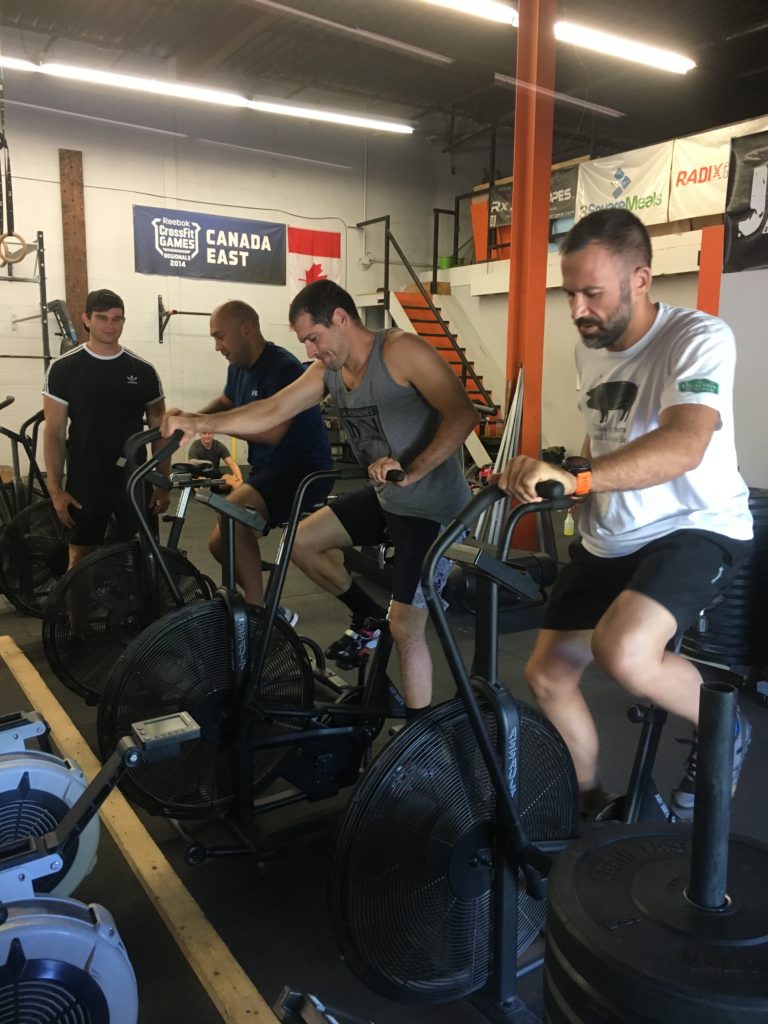
Example Workouts
Day 1
- 3-5 min on Assault Bike or Rower
- Hip and Shoulder rotations followed by monster walks and banded row and rhomboid activation
- Front Squat triples up to a heavy set
1 Leg RDL’s 3 x 8e
Press triples up to a heavy set
1 Arm Rows off of bench 3 x 8e - SB Rollouts 3 x 10
KB Armbars 3 x 8e - 5. 10 min EMOM alt. 1. 10 cal AB 2. 10 Burpees
Day 2
- 3-5 min on Assault Bike or Rower
- Hip and Shoulder rotations followed by monster walks and banded row and rhomboid activation
- Deadlift Work up to a heavy set of
Goblet Reverse Lunges 3 x 8e
Strict HollowBody Pullups Work up to a heavy set of 5
Db Bench Press 3 x 8 - MB Russian Twist Throws 3 x 10e
DB Arnold Press 3 x 12 - 10 min EMOM alt. 1. 10 Cal Row 2. 15 KB Swings
The way linear periodization works is in Week 1 of the program you will find a weight that is an 80% effort to move for all reps, so the Front Squat you would work up to 1 set of 3 Front Squats that’s a medium effort to move for all 3 reps. The way you would work up to 225 would be to start with 10 reps with the empty bar then rest for 90 seconds. Then do 8 reps with 95 pounds rest 90 seconds then do 6 reps with 135 pounds and rest 90 seconds then do 4 reps with 185 pounds then rest 2 minutes then hit your set of 3 reps with 225 pounds and move on. Now each week you will add a little more weight to the bar, so over a 4 week period your Front Squat weights would look like this – Week 1 225lb. x 3 Week 2 235lb. x 3 Week 3 245lb. x 3 Week 4 255lb. x 3. That 255lb. x 3 will be a new PR for you to beat in a new training cycle.
I don’t believe that for the sport of Jiu-Jitsu we need to max out with 1 rep maxes. There’s a big risk and reward factor that comes with maxing out and it can take weeks to recover after a huge 1RM PR with a greater chance of injury during and after. Remember we’re not powerlifters, we’re here to improve on strength and to do that the best rep range to work in is 3 to 5 reps.
The way the workout is set-up is to make sure each plane of movement for the body is hit in both push and pull for upper and lower body with both bilateral and unilateral variations. What does this mean? We hit the muscles you need to use the most in a functional way so their balanced out front and back (quad vs. hamstring) or (chest vs. lat/rhomboid) and side to side by using dumbbell or single leg variations of the exercises. The upper body is hit with both push and pull, bi and unilateral and also horizontal and vertical variations of movements to balance out your strength and keep you and your shoulders healthy. Horizontal vs. Vertical would be bench press vs. shoulder press for push movements and pullups vs. barbell rows for pull movements.
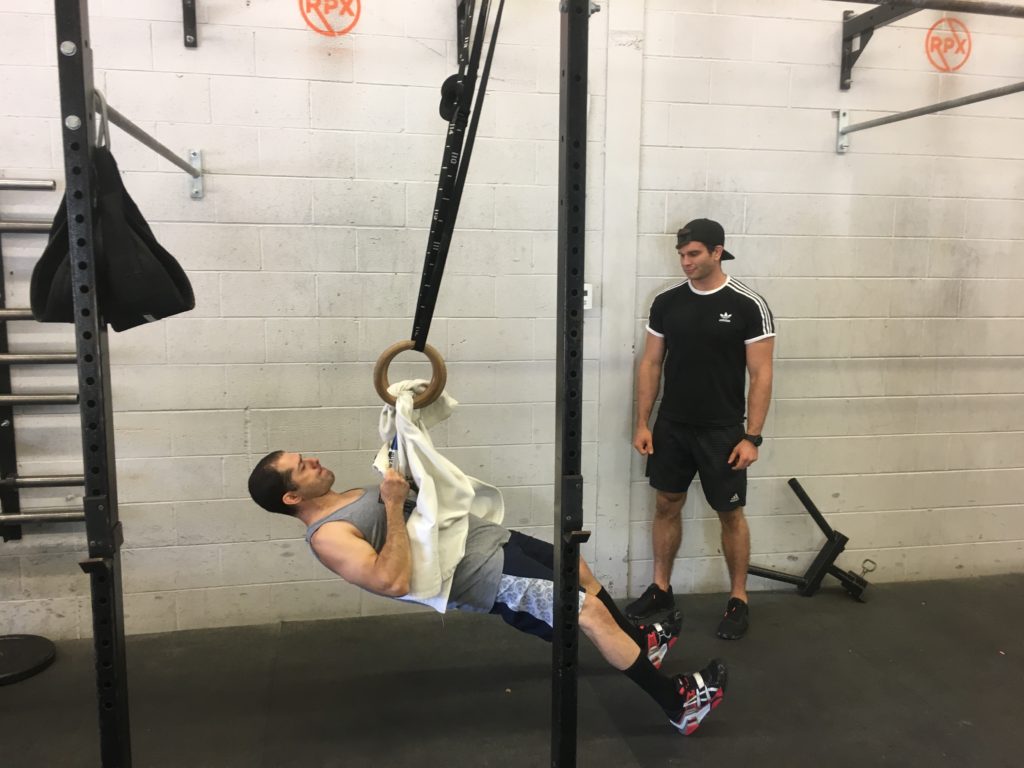
I’d like to take a minute and stress the importance proper form on all exercises. You need to treat your strength program like your jiu jitsu training in the fact that if you don’t have a good instructor you will get hurt and take 3 steps backwards. So just like your belt in jits you should rank yourself a belt in the gym. Here’s how I would rank yourself. 0-1 years Strength Training under the guidance of a Coach (“black belt in lifting”) Would get you a white belt in Strength Training, at this point you should have a coach watching most if not all your workouts. 1-2 years lifting under a Coach would make you a blue belt, here I would still have a Coach working with you most of the time. 2-3 years of Training under a Coach would make you a purple belt, here is where I would say you start to have a good feel of what works for you and what doesn’t work, what your strengths are and what your weaknesses are. I would still train with a Coach at least once a week but could branch off for some solo workouts. Now when I say 1-2, 2-3, 3-4 years strength training, I mean consistent years of 3-4 times a week with deloads every 8 weeks. Just like you can’t expect to train one month a year in jiu jitsu and go from white to blue belt is the same with lifting, consistency is key. If you’ve been training 3-5 years consistently with a good Coach you’ve come across a lot of do’s and dont’s for yourself and your brown belt level. At this point you can workout on your own if you want or with a Coach depending on what keeps you motivated to do your best, there’s always things a coach can help with so I’d always recommend one programming for you and seeing you at least once a month to make sure you’re not missing anything. To be a Black Belt in strength training you’d have to have 5+ years of consistent strength training plus have taken some courses on anatomy and the coaching aspect of training people. At that point you’ll be reading this as more of a educational tool rather than a strict protocol for your training that being said I’d still challenge you to give it a try and see what benefits you get from it.
Prime vs. Advanced movements, There are so many ‘functional’ exercises out there to help you build the strength you need to become better at jiu jitsu, picking the right exercises for you should be dependant on a Coach and the time and energy you’re willing to spend learning. We’ll use the risk and reward system to give value to some of the major movements that we will use and tha will be a big deciding factor in what we will use for the program, I’ll also show you how to substitute in advanced moves when your ready. The Risk and Reward system is ranking the exercises based on how much (reward) you get out of them vs. how much risk there is for injury doing them. We’ll rank each exercise 1-5 Risk and 1-5 Reward. 1 being lowest risk or lowest reward and 5 being highest risk or highest reward, so for example if the exercise is ranked 1 Risk and 5 Reward it will be a highly effective exercise with a low chance of injury, perfect for our program!
